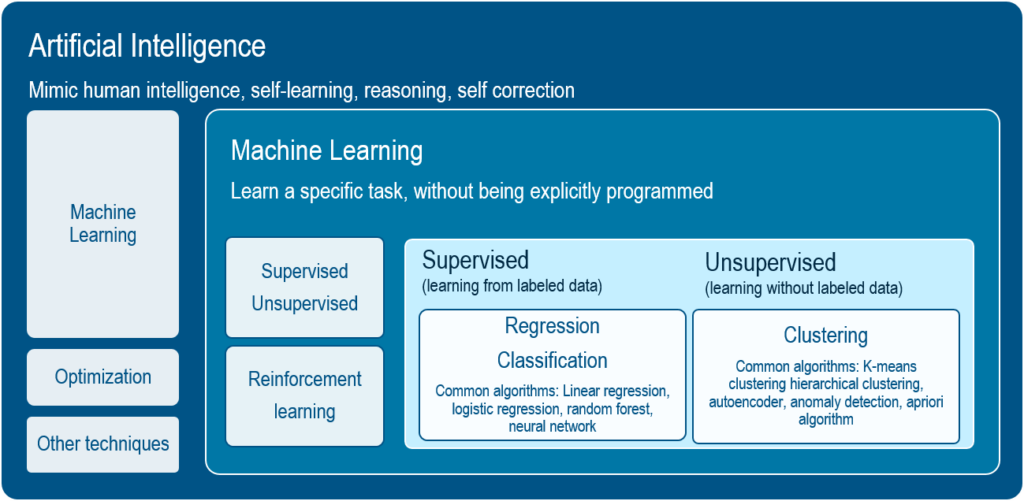How is Artificial Intelligence is being used in manufacturing?
Artificial Intelligence (AI) and Machine Learning (ML) are no longer just buzzwords; they have become essential tools driving modern manufacturing forward. Yet, for many, the concepts still seem shrouded in complexity. In the latest article that we wrote for the Manufacturing Leadership Council, we review and break down these technologies. We also demonstrate their practical applications in manufacturing and evaluate the practical use cases, such as:
· Production Execution: Imagine AI-driven manufacturing quality control systems inspecting products in real-time. This ensures consistent quality and minimizes waste by identifying anomalies immediately and correlating them with upstream and downstream processes. This real-time adjustment capability prevents wasted time and materials.
· Predictive Maintenance: Continuous monitoring of equipment health via sensors feeds data into ML algorithms. These algorithms predict potential failures based on historical patterns, allowing for proactive maintenance scheduling. This not only reduces downtime but extends equipment lifespan and enhances overall production efficiency.
· Production Scheduling: AI optimization creates constraint-based schedules while ML analyzes historical performance to increase throughput and resource utilization. The ability to generate optimal production schedules rapidly allows manufacturers to react swiftly to changes in orders, capacity, or materials. Moreover, ML helps fine-tune future schedules based on past performance, ensuring continuous improvement.

How can AI help manufacturing?
The article also talks about how successfully integrating AI and ML into manufacturing requires a strategic approach, and the key steps to consider, including:
· Collecting accurate, real-time data from various sensors and machinery across the shop floor. This data is essential for feeding AI/ML models.
· Collaboration between IT, data science, and operational teams is crucial to align goals and ensure effective implementation.
· Initiating small-scale pilot projects can help manage risks and identify potential issues early. As the technology proves its value, design AI/ML solutions that scale and expand as needed.
Building trust in AI
Developing trust in AI is a gradual process. Communicating the benefits and potential of AI/ML solutions to all stakeholders can mitigate resistance and encourage adoption. Practical steps such as holding informational sessions and providing case studies can demonstrate the positive impact of AI/ML on similar manufacturing operations.
The value proposition
The effort required to implement AI and ML in manufacturing is justified by the significant value they bring. Manufacturers can achieve greater operational agility, reduced costs, and improved decision-making capabilities. Critical performance indicators (KPIs) can see substantial improvements. For instance, production efficiency and quality-related costs can improve by up to 50%. Automation can free up 25-50% of planners’ time for more strategic activities. Efficient scheduling and execution can accelerate time to market by up to 40%.
Benefits and conclusion
The integration of AI and ML into manufacturing presents endless possibilities. To stay ahead of industry trends and innovations, it is crucial for manufacturers to build a solid business case for these technologies based on clearly stated goals and expectations.
We hope you read our article and consider becoming part of the Manufacturing Leadership Council, where you can access valuable resources, case studies, and a network of peers who are navigating similar challenges. Transform your manufacturing processes by becoming part of a community dedicated to innovation and technological advancement.
For more information, visit the Manufacturing Leadership Council website.

